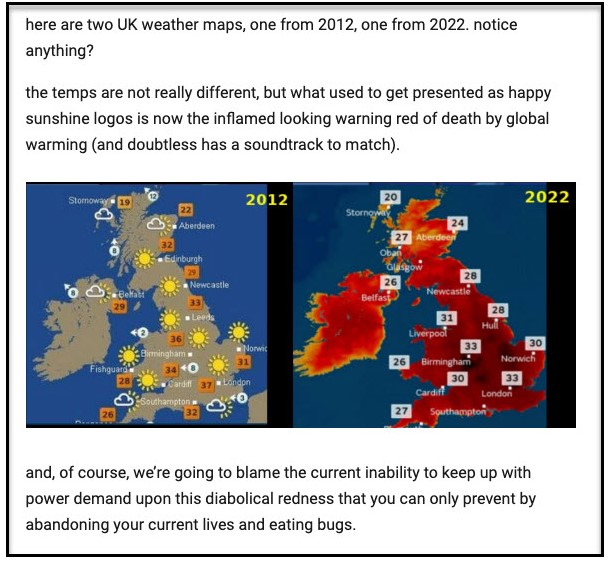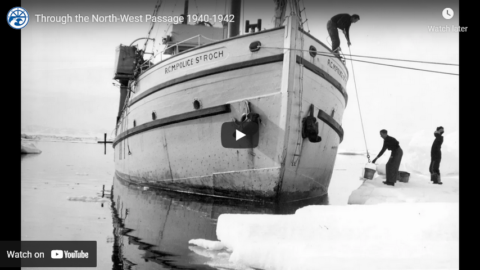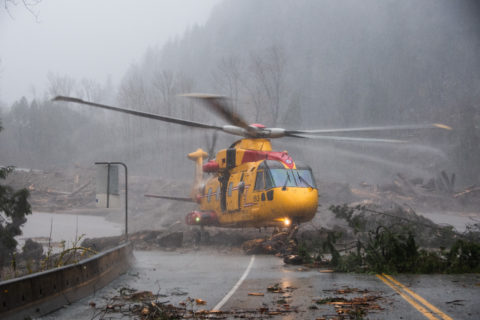Paul Homewood‘s updated accounting of the BBC’s coverage — and blatant falsehoods — of climate change news over the last twelve months:
The BBC’s coverage of climate change and related policy issues, such as energy policy, has long been of serious and widespread concern. There have been numerous instances of factual errors, bias and omission of alternative views to the BBC’s narrative. Our 2022 paper, Institutional Alarmism, provided many examples. Some led to formal complaints, later upheld by the BBC’s Executive Complaints Unit. However, many programmes and articles escaped such attention, though they were equally biased and misleading.
The purpose of this paper is to update that previous analysis with further instances of factual errors, misinformation, half truths, omissions and sheer bias. These either post-date the original report or were not included previously. However, the list is still by no means complete.
The case for the prosecution
The third most active hurricane season
In December 2021, BBC News reported that “The 2021 Atlantic hurricane season has now officially ended, and it’s been the third most active on record”. It was nothing of the sort. There were seven Atlantic hurricanes in 2021, and since 1851 there have been 32 years with a higher count. The article also made great play of the fact that all of the pre-determined names had been used up, implying that hurricanes are becoming more common. They failed to explain, however, that with satellite technology we are now able to spot hurricanes in mid-ocean that would have been missed before.Hurricanes: are they getting more violent?
Shortly after Hurricane Ian in September 2022, a BBC “Reality Check” claimed that “Hurricanes are among the most violent storms on Earth and there’s evidence they’re getting more powerful”. The video offered absolutely no data or evidence to back up this claim, which contradicted the official agencies. For instance, the US National Oceanic and Atmospheric Administration (NOAA) state in their latest review:
There is no strong evidence of century-scale increasing trends in U.S. landfalling hurricanes or major hurricanes. Similarly for Atlantic basin-wide hurricane frequency (after adjusting for observing capabilities), there is not strong evidence for an increase since the late 1800s in hurricanes, major hurricanes, or the proportion of hurricanes that reach major hurricane intensity.
The IPCC came to a similar conclusion about hurricanes globally in their latest Assessment Review. However, the BBC article failed to mention any of this.












